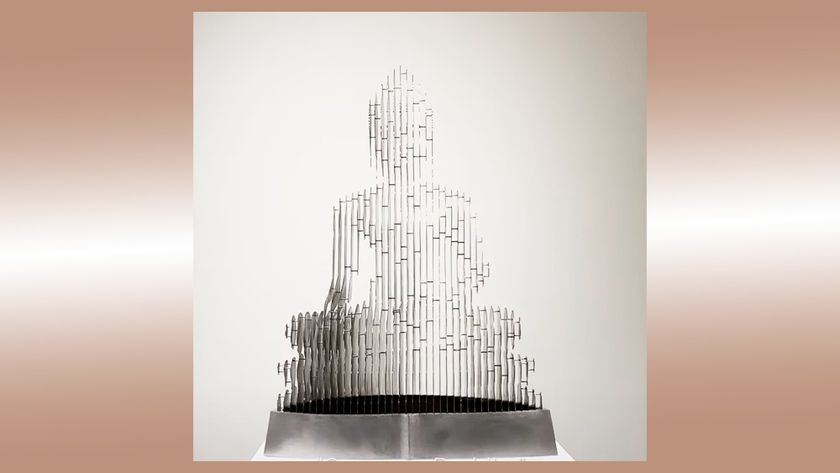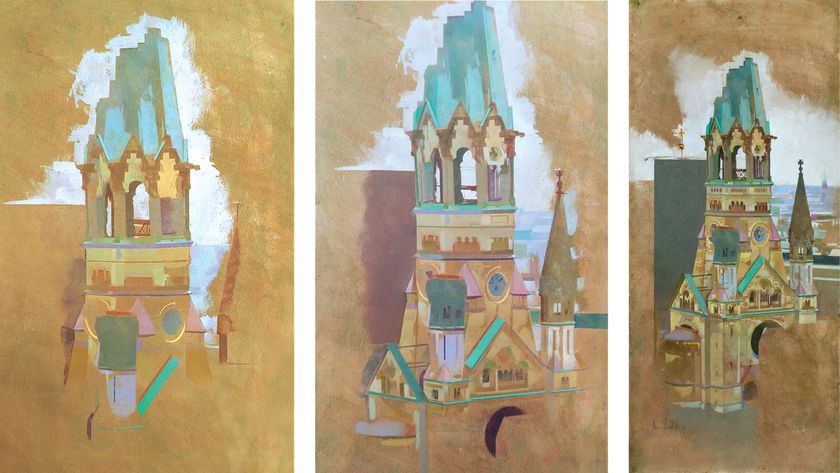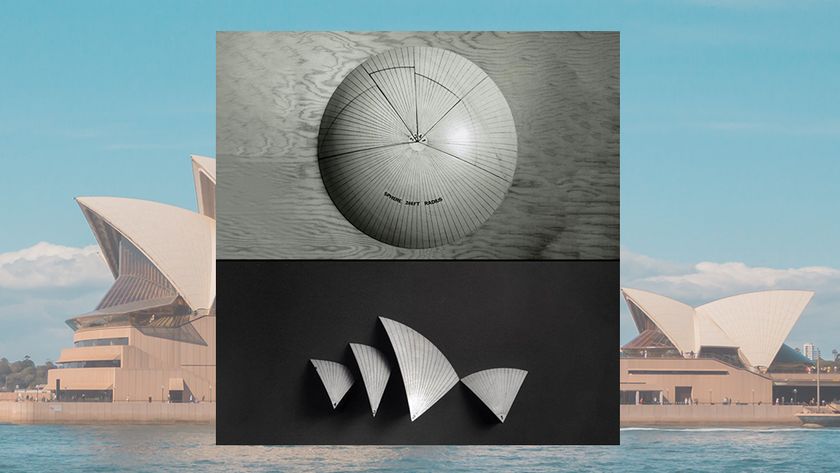Why VR could be a game-changer in the architecture industry
We explore some new ways virtual reality technologies are being used in architectural design.
The concept of creating and experiencing immersive environments has been around for quite some time. This is evident in the design of famous buildings throughout history, from the pyramids in Egypt to the skyscrapers in New York. Today, through the use of game engine technology, virtual reality is the latest frontier for architects and designers to apply their environmental design talents.
In this article I’ll discuss a few ways VR can provide value to the architectural design process.
Architecture and technology
When you take a look around, whether you are at home, at work or even on your morning commute, you’ll notice just how much the built environment shapes your life. The amount of planning, design and construction coordination required to create a building is largely dependent on technology.
Ironically the architecture industry isn’t exactly known for being an early adopter of new technology. For example, the term computer-aided design (CAD) was created sometime in the early 1950s, but it wasn’t until the 1980s that the architecture industry as a whole felt comfortable enough to adopt CAD into the design process and leave the days of drafting and design with only pencil and paper in the past. If you do the maths, that’s roughly 30 years!
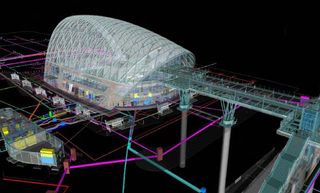
Building information modelling (BIM) is another example. Building information models – essentially 3D models enhanced with data and information – have been around since the 1970s. However, to this day architecture, engineering and construction professionals worldwide are still having some challenges implementing the BIM process. This means weaning themselves away from the 2D workflows and CAD applications they adopted in the 1980s.
Early adoption
Virtual reality has experienced a few challenges with adoption as well. Surprisingly the concept of VR has been around for quite some time despite the sudden and recent rise in popularity these days. In the 1950s, a VR pioneer by the name of Morton Heilig released the Sensorama, which is essentially a device that looks like an arcade game, with an area in which to place your head. By enhancing cinematography with the experience of sound, smell, sound and touch, users were able to witness somewhat of an immersive experience. Fast-forward to the 1990s and you may recall some imagery of bulky headsets, space suits and cables.
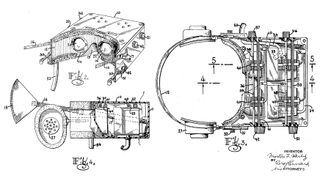
Although there was some interest in virtual reality during those times, there were a few issues that kept the general public from totally adopting this new technology. Size, cost and practicality were definitely on the list of culprits. That brings us to today, where the smartphones in our pockets can come VR capable and cell phone providers are virtually giving away VR headsets. It’s clear to see that the general public is finally starting to catch on.
Get the Creative Bloq Newsletter
Daily design news, reviews, how-tos and more, as picked by the editors.
VR and the architecture industry
Luckily, the current generation of architecture professionals is quite open to new technology and process improvements. For example, architectural illustrators today are implementing tools and techniques learned from other creative professionals such as graphic designers and 3D modellers.

In fact, a growing number of architecture professionals are currently exploring the world of game engine technology, which is the foundation for an immersive experience in VR.
With a more compact design, increase in affordability and ease of use, the architecture industry seems to be catching on to this rather new technology. While there may be a number of unforeseeable ways VR can benefit the architecture industry; here are two that are definitely evident today.
VR for design review
The first is as a design review tool. Designers now have the ability to experience a design as opposed to simply seeing it on paper or screen. This means the impact that changes can have on a design will be experienced as well. In addition, VR is proving to be a valuable and practical tool for clash detection, which is crucial when working with multiple building information models.
VR for architectural design
The second way VR can provide value to architecture is during the actual act of design and collaboration; doing the work of space planning and even 3D modelling within an immersive work environment. This is an avenue that’s currently being explored and is yielding some positive results. Some of those experimenting with this new tool seem to enjoy being feeling more hands-on during the design stage, while others complain of difficulty navigating within an immersive environment.
It’s clear to see that, despite the history, this current generation of architecture professionals seems to be quite tech-savvy and comfortable with change, both of which are requirements in any industry that relies heavily on technology to get the job done. The key to success for these young professionals lies in their ability to leverage the technology and embrace positive change.
About Pluralsight
Pluralsight is an enterprise technology learning platform that delivers a unified, end to end learning experience for businesses across the globe. Through a subscription service, companies are empowered to move at the speed of technology, increasing proficiency, innovation and efficiency. For a free trial and more information, visit www.pluralsight.com.

Thank you for reading 5 articles this month* Join now for unlimited access
Enjoy your first month for just £1 / $1 / €1
*Read 5 free articles per month without a subscription

Join now for unlimited access
Try first month for just £1 / $1 / €1

